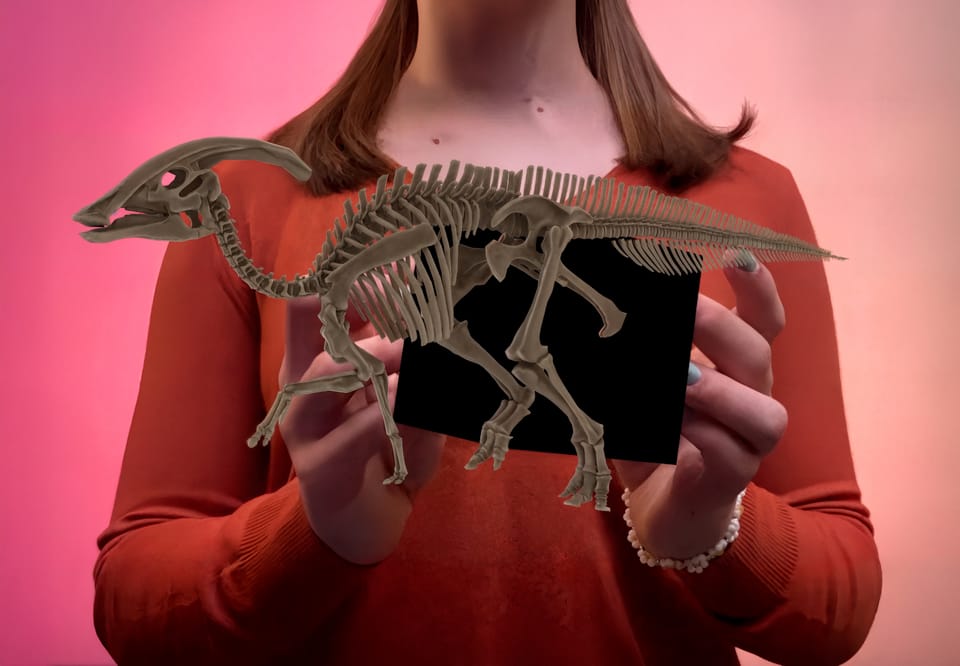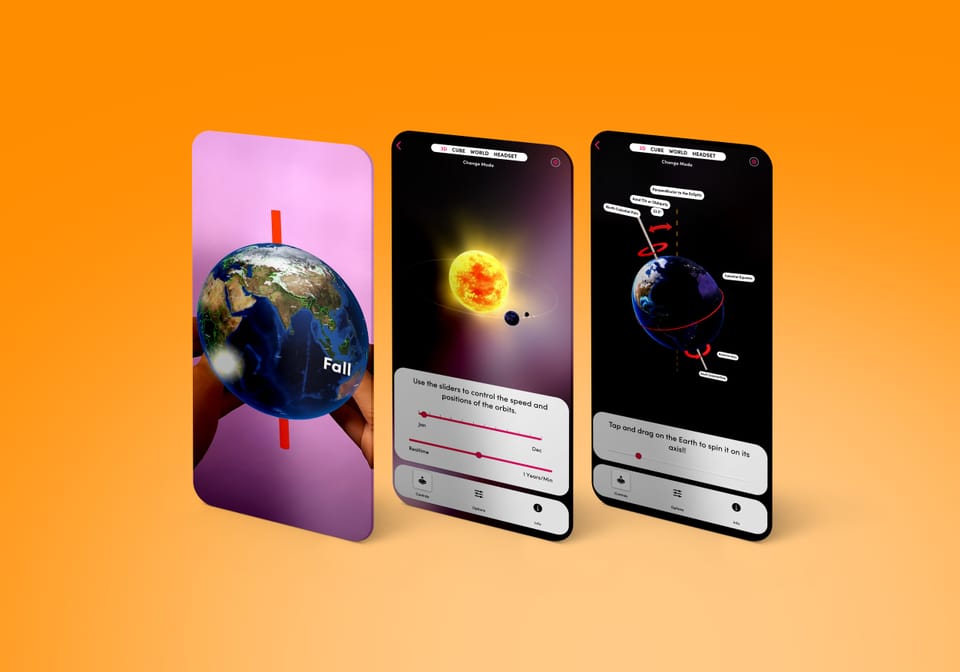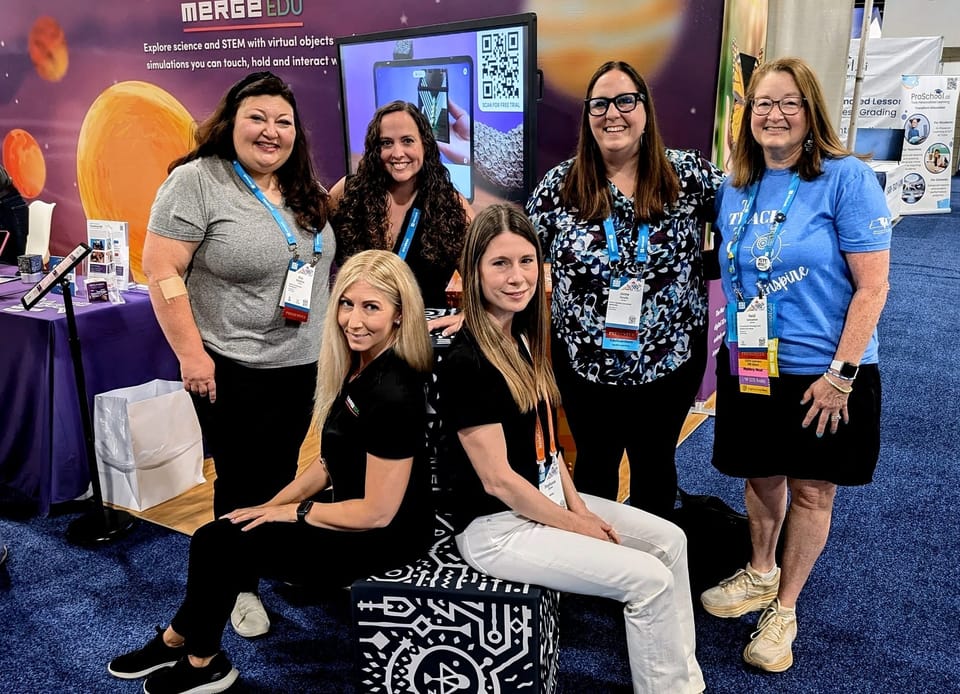The Crab Nebula on the Merge Cube: A New Way to Explore the Cosmos
Using augmented reality and spectral data, astronomers have reconstructed the three-dimensional structure of the Crab Nebula, giving us a closer look at this celestial wonder.
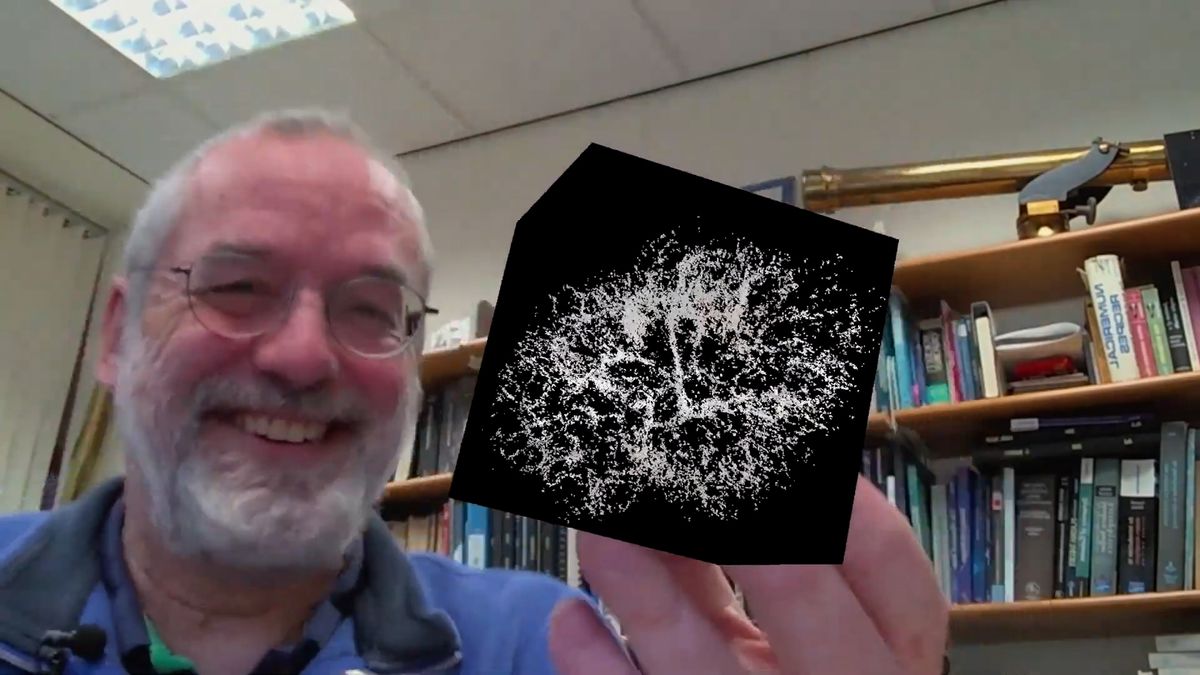
Astronomy enthusiasts, rejoice! Thanks to augmented reality (AR) technology and groundbreaking research by Thomas Martin and his collaborators, we can now explore the Crab Nebula in three dimensions like never before. This revolutionary approach to studying celestial objects promises to change the way we visualize and understand the cosmos.
The Crab Nebula: A Supernova Remnant
The Crab Nebula is a supernova remnant, and its origins date back to 1054 CE, when Chinese astronomers documented its appearance. For nearly a thousand years, the debris from this massive explosion has been expanding, creating the intricate and beautiful celestial object we know today.
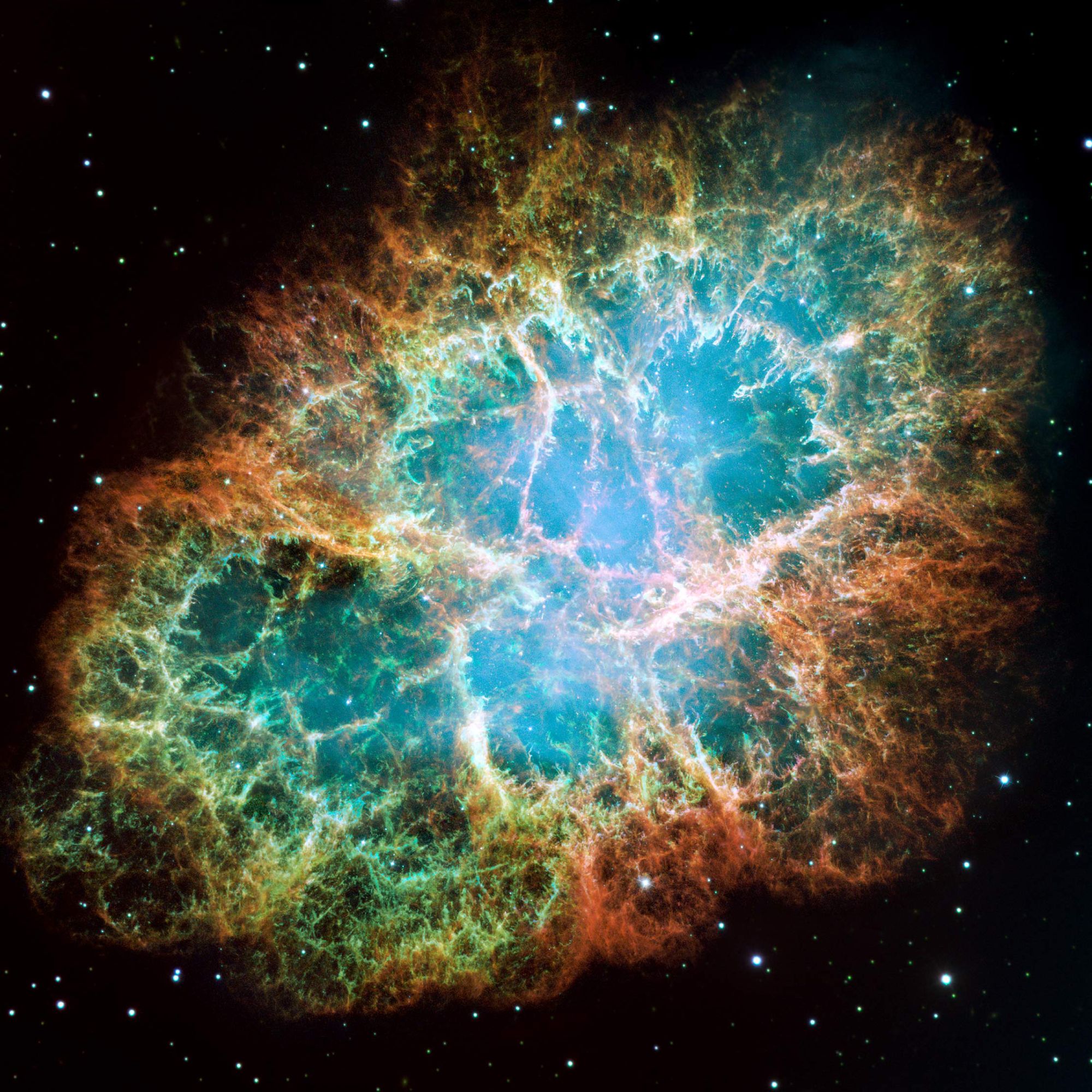
Until recently, we could only view the Crab Nebula in two dimensions. However, Martin and his team have changed this by reconstructing its three-dimensional structure. This breakthrough was made possible by analyzing the Doppler shifts in spectral lines emitted by the expanding gas in the nebula. By doing so, the researchers could map out the positions of gas clumps within the nebula, giving them a detailed, 3D view of the entire structure.
Augmented Reality: A New Way to Visualize Astronomical Data
With this new 3D data at hand, researchers and educators are using cutting-edge augmented reality technology to bring the Crab Nebula to life. One such tool is the Merge Cube, a device designed for educational purposes that allows users to interact with three-dimensional objects in AR.
By incorporating the 3D data into the Merge Cube, users can explore the Crab Nebula like never before. The AR technology enables us to view the nebula from different angles, revealing its true structure, which appears to be heart-shaped with a ring-like pattern around the outer edge.
I seem to have the Crab Nebula on my living room floor… (and thank you for all your help in getting it there, @mergeedu).
— Michael Merrifield (@AstroMikeMerri) February 11, 2023
I have a cunning plan… pic.twitter.com/bRsYEISTm1
The Future of Astronomy and Education
This breakthrough in visualizing astronomical data has far-reaching implications for both scientific research and education. By giving researchers the ability to interact with celestial objects in 3D, they can gain deeper insights into their structures and behaviors. For educators, AR technology provides an engaging and immersive way to teach students about the wonders of the universe.
As our understanding of the cosmos grows, and as technology continues to evolve, we can only imagine the new discoveries and innovations that await. In the meantime, the 3D reconstruction of the Crab Nebula and its subsequent visualization through augmented reality offers a glimpse into the exciting future of astronomy and space exploration.
Are you interested in bringing Merge EDU into your school? Learn more at mergeedu.com, and find out how much it will cost by selecting the “get a quote” button below.

